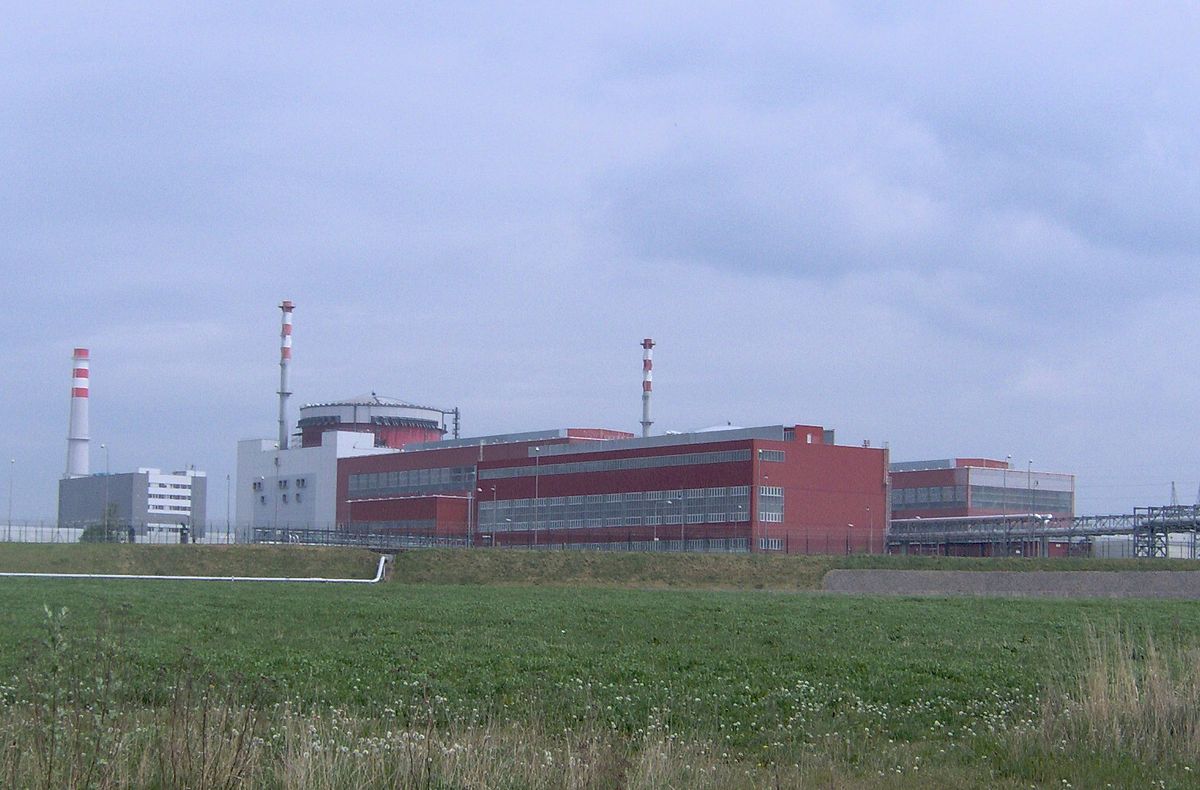The Czechoslovakian government began construction of four nuclear reactors in 1987 for the Temelin Nuclear Power Station near the village of Temelin. After the Velvet Revolution of 1990, construction of two of the four reactors was cancelled. During the 1990s, there were redesigns of the remaining two reactors for better safety and reliability. There were also construction delays and cost overruns. There was opposition from neighboring countries and protests from groups in the Czech Republic. In 1999, the Czech government decided to continue construction in spite of the cost overruns that had tripled the cost of the project. Finally, in 2000, the first reactor was commissioned and the second reactor was commissioned in 2002.
In 2009, the Czech utility CEZ started the tender process to select a vendor for construction of two new reactors for the Temelin plant. The French Areva company, the U.S. Westinghouse company and the Russian OKD Gidropress and AtomStroyExport companies were included in the bidding. In 2012, Areva was informed that its bid had been disqualified. CEZ had intended to make its selection and begin construction in late 2013 with an expected completion dates of 2023 and 2024 for the two reactors. However, the selection of a vendor was not made in 2013 or early 2014.
CEZ is seventy percent owned by the Czech government. Yesterday, the Czech government declared that, in spite of its general support for nuclear power, it refused to provide any guarantees to CEZ with respect to the project. CEZ was asking for government guarantees for the future electricity prices for electricity generated by the two new reactors. Government representatives pointed out that there had been serious problems with such guarantees for renewable power sources such as solar energy. In addition, with the volatility in the global energy market, issuing such guarantees would be unwise.
Representatives of CEZ commented that while the plan for the new reactors was economically realistic in the early 1990, recent turbulence in the regional energy market threatened investment in power plants which depended on sale of electricity for revenues. They said that there are still serious concerns about the ability of CEZ to provide sufficient electricity in future but they now understood that it would be necessary to work very closely with the Czech government in the planning for any future nuclear power plants in the Czech Republic.
The Czech ministers of finance, trade and industry have been charged with the task of drawing up a comprehensive plan by the end of 2014 for the development of future nuclear power in the Czech Republic. The President of the Czech Republic has said that he would like to see a new tender process started for the construction of two new reactors at Temelin.
I was not surprised by this development. I have blogged before about the rising cost of nuclear construction and the volatility of regional energy markets. Governments are reluctant to issue the same guarantees for future electricity prices that they issued in the past to the owners and operators of nuclear power stations. I don’t believe that nuclear power can compete with other energy sources on a level playing field.
Temelin Nuclear Power Station in the Czech Republic:






